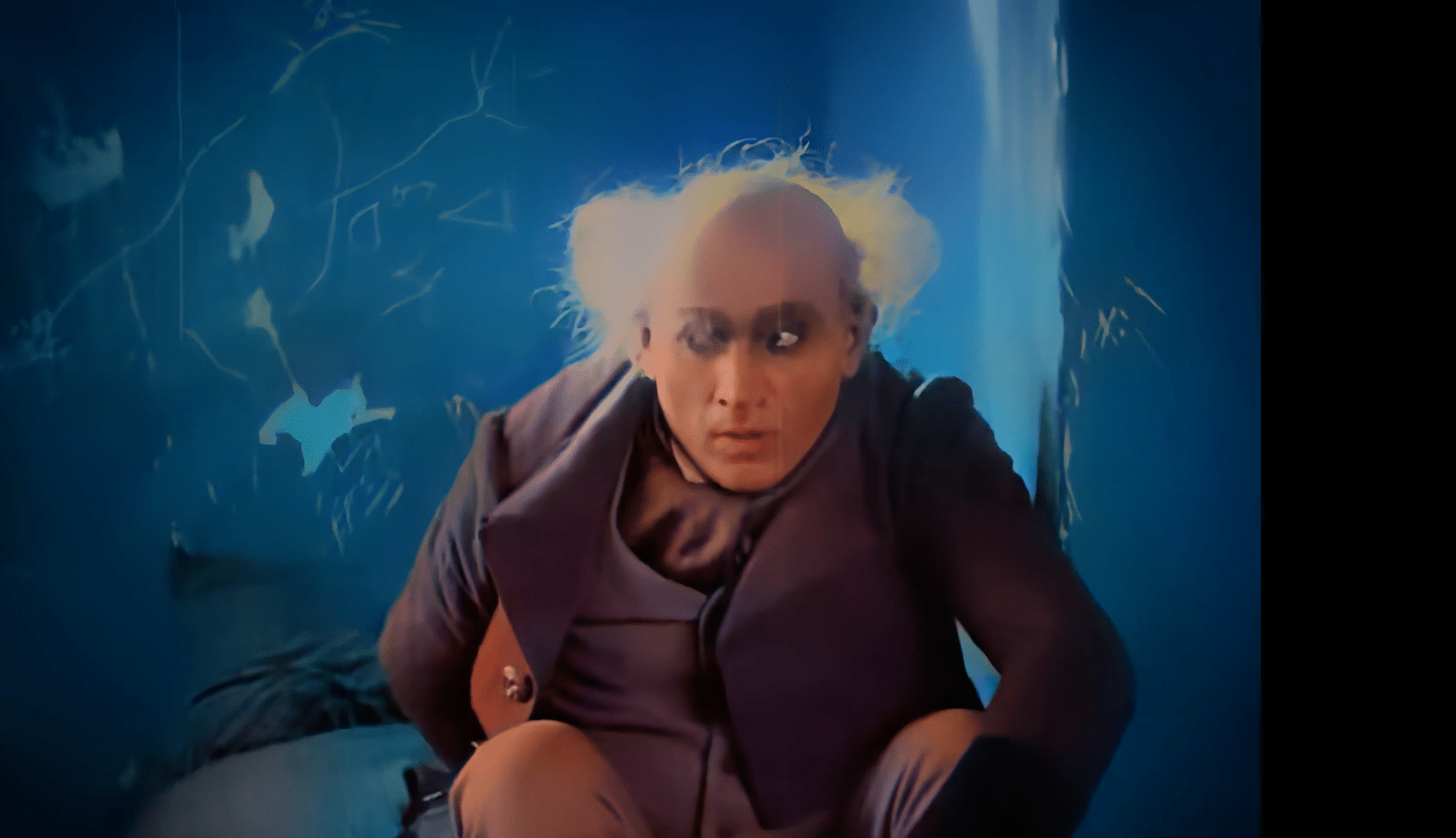“Nosferatu” is a German expressionist horror film released in 1922.

Directed by F.W. Murnau, it is considered one of the most influential silent films in cinema history. Although the film was an unauthorized adaptation of Bram Stoker’s novel “Dracula,” it took some creative liberties and changed the names of the characters due to copyright issues.
The story of “Nosferatu” follows the eerie Count Orlok, a vampire who travels from his castle in Transylvania to the fictional German city of Wisborg. He becomes infatuated with a young woman named Ellen, who is married to a real estate agent named Hutter. As the vampire’s presence in the town leads to a series of mysterious deaths, Hutter realizes the true nature of Count Orlok and sets out to stop him before it’s too late.
The film’s visual style is characterized by its atmospheric and shadowy cinematography, which adds to the sense of dread and horror. Max Schreck’s portrayal of Count Orlok is iconic, with his eerie appearance and distinctive long fingers. The film’s use of special effects, particularly the stop-motion animation for Orlok’s movements, was groundbreaking for its time. Despite its initial release being met with mixed reviews, “Nosferatu” has since gained critical acclaim and is regarded as a classic of the horror genre.
Its influence can be seen in numerous vampire films that followed, including the iconic portrayal of Dracula by Bela Lugosi in the 1931 film adaptation. The film’s eerie atmosphere, haunting imagery, and Max Schreck’s performance have made it an enduring piece of cinematic history.
